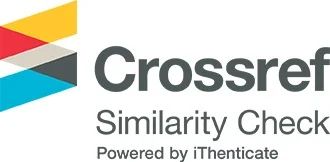Arabic Language Character Recognition using Walsh-Hadamard Transform (WHT) vs. Discrete Fourier Transform (DFT)
DOI:
https://doi.org/10.65137/jhas.v4i8.211Keywords:
Arabic OCR, word extraction, pattern recognition, segmentation, segmentation-free, printed AOCR, sliding window, WHT, DCTAbstract
One of the common used methods for text recognition (especially with Arabic text), is the usage of character Databases for driving the training and validation (for all the different methods that are used for preprocessing, segmentation and recognition). There are no inclusive and dependable databases for all Arabic letters particularly when considering the four different shapes for each Arabic character (based on the character position inside the word).
In [1], he researchers presented a new Arabic Optical Character Recognition "AOCR" approach called "sliding window for printed AOCR" method (segmentation-free character recognition independent of a lexicon of words). It works based on matching the content of the targeted text image/document with a small pre-prepared database to find the positions of the recognized characters in the scanned image. The AOCR experiment is implemented using WHT/DCT and is applied using three different font types and nine different font sizes. In this paper, we tested the same proposed "AOCR" method using a different implementation (WHT/DFT).






